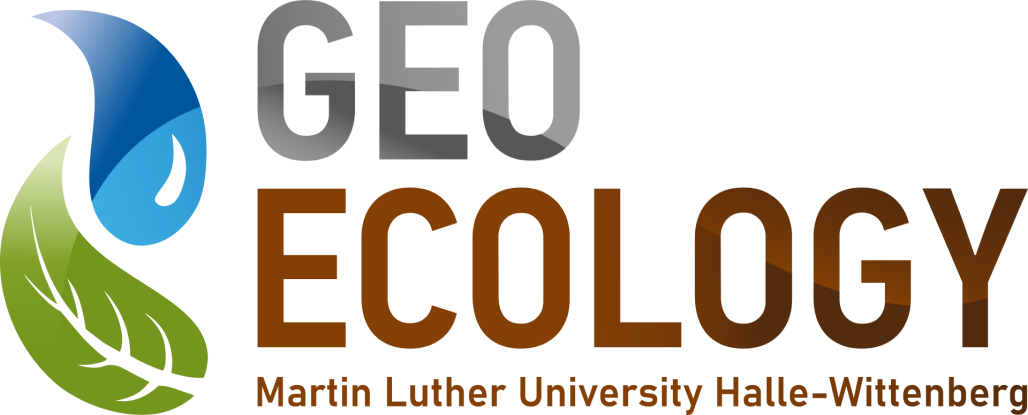Development of a remote sensing service to contribute to the mitigation of urban heat island effects and the adaptation of urban green spaces to drought and heat stress in the communities of Hesse
Subject of the project is the monitoring and analysis of the characteristics of urban heat islands based on thermal satellite data in Hessian municipalities with populations above 20,000 inhabitants.
The information obtained is prepared in cartographic form and made available “easy to use” for planners and decision-makers. The project results can therefore contribute to developing suitable mitigation and adaptation measures to increase heat resilience.
Project leader
Team
Background and objectives
The constantly increasing world population is leading to sufficient urbanization. Denser and larger cities are subject to a phenomenon known as urban heat island (UHI), which is characterized by increased temperatures relative to the rural environment. UHI effects can have a negative impact on the health of the urban population, for example in the form of heat stress. Urban green spaces, such as parks and avenues, however, offer cooling potential that can reduce the ambient temperatures of these areas.
However, anthropogenic climate change is causing extreme weather events such as droughts and heat waves that are increasing in intensity and frequency. While heat waves intensify the already existing UHI effects, urban green spaces are exposed to additional drought stress during drought periods, which reduces their cooling effect. This increases the exposure of the high aged population in particular to heat stress and can ultimately lead to circulatory diseases and death, as was seen, for example, in the heat waves of 2003 and 2018.
Planners are therefore faced with the challenge of increasing the heat resilience of their cities. By processing thermal satellite data, we want to provide information on cold and hot spots in Hessian cities and communities, which is intended to support decision-making processes regarding suitable mitigation and adaptation measures. We hope to be able to contribute to increasing the resilience of Hessian cities to drought and heat stress and to prepare both the population and green spaces for the impending dangers of climate change.
Expected Results
- Surface Urban Heat Island and Urban Thermal Field Variance Index
- Cooling potential and drought vulnerability of urban green spaces
- Heat vulnerability of the urban population
